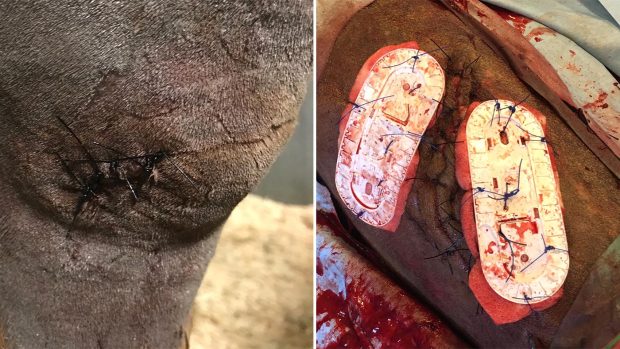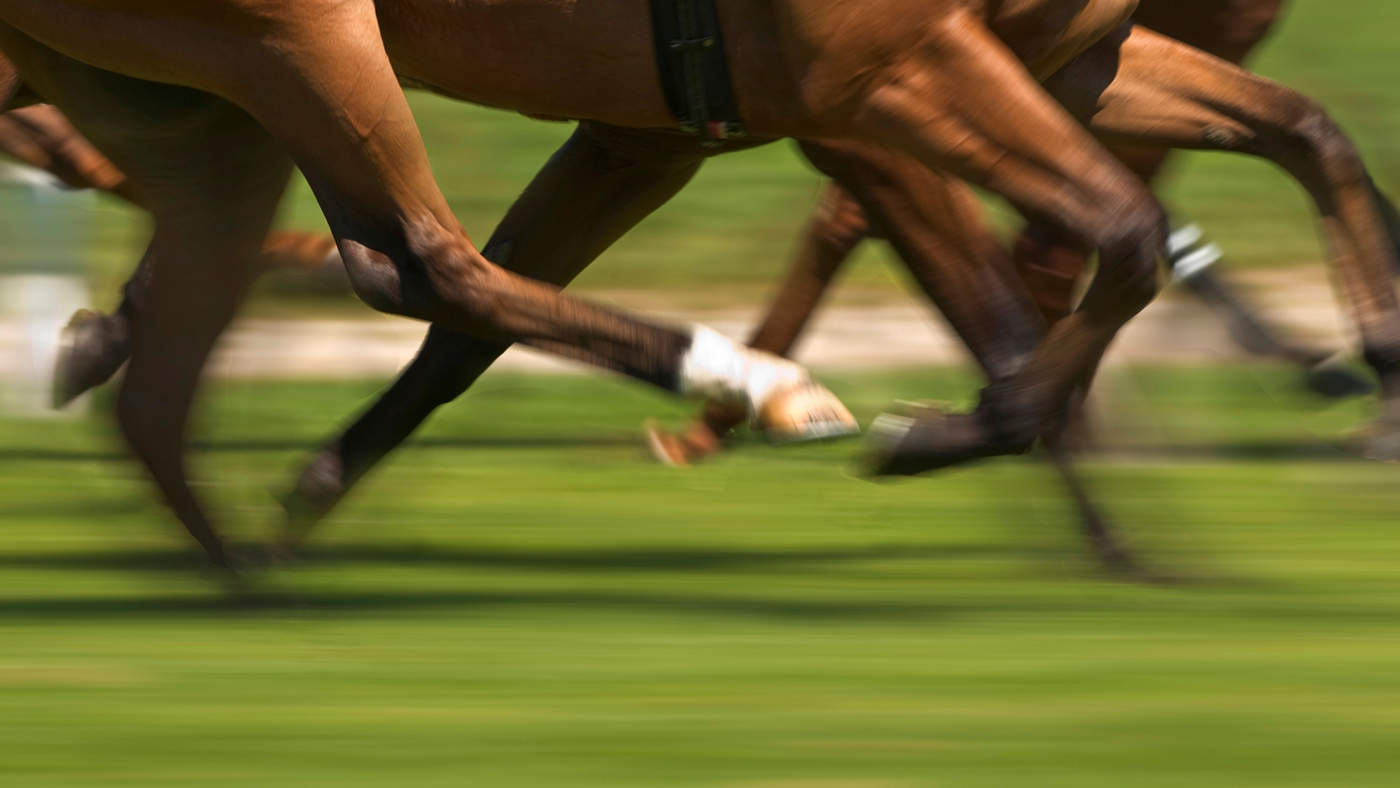An average 500kg horse will have more than 50 litres of blood and, when it bleeds, even one litre can appear to be a huge amount, even though this level of blood loss is not life threatening.
Severe bleeding can come from two sources — an artery or a vein.
Arterial blood, coming directly from the heart, is bright red and spurts in rhythm with the heart beat.
Venous blood, on its way back to the heart, is darker in colour and oozes continuously. The amount of blood lost depends on many factors including the size of the injured vessel.
Vet Karen Coumbe, from Bell Equine Veterinary Clinic, says: “A pint of milk spilled on the floor looks like a gallon, and a litre of blood from a horse will do the same. Don’t panic over profuse bleeding — apply pressure and padding and consult your vet.”
Treating bleeding
First aid kits should contain clean, dry “non fluffy” dressings, which can be applied directly to the wound, than padded with gamgee or a clean towel and held firmly in place.
If the injury is to a leg, tape the padding into place and leave it alone.
Do not be tempted to lift the dressing for at least five minutes. If the blood seeps through, add another level of padding and keep the pressure on.
Depending on the site, depth and type of wound, most small arteries will have stopped bleeding before the vet arrives
If the horse has been impaled and the object is still in place, do not pull it out. Although the vet will have to remove it, leaving the object in place will at least give more idea of the direction and depth of the injury.



